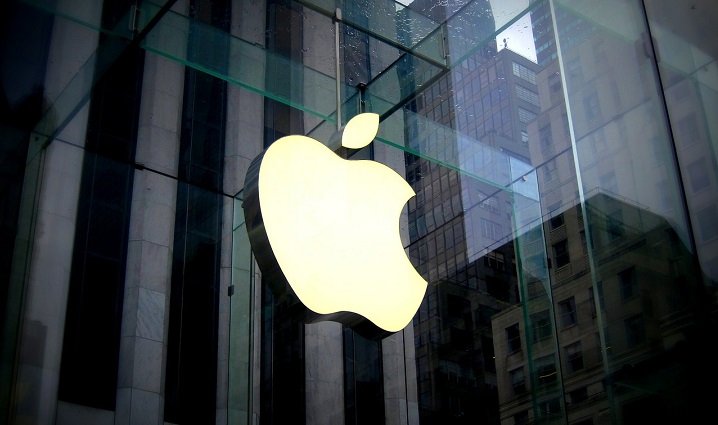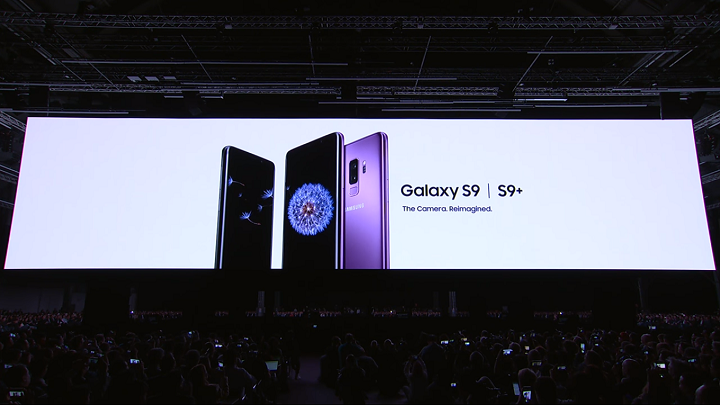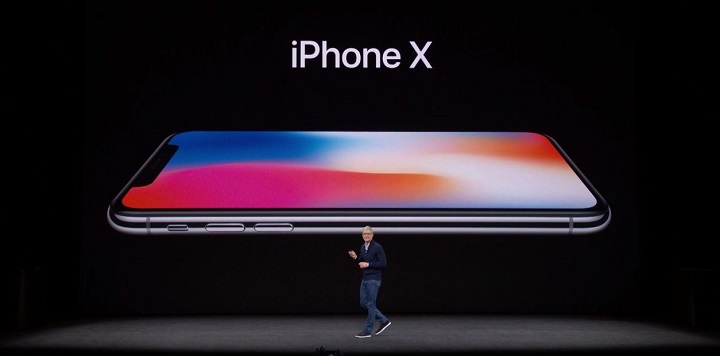Apple VS Samsung: A Case Still Going Strong
iPhone launched way back in 2007 and it changed the world forever. Forget about buttons that take up half of the phone, using a touchscreen is all that you need to control the UI. Your fingers are the pointers. The screen interacts and the buttons and icon are all digital, well except for the power button, the volume buttons, and the home button. This is the future of communication Apple Inc. dreamed to monopolize by patenting almost every aspect of the phone. If no one crossed these lines, Apple would have been the sole seller of smartphones today. There’s just one problem: all lines are meant to be crossed and all patented products, imitated.
So in October 2008, using Google’s Android operating system (a similar operating system to Apple’s iOS) HTC Dream was released. And soon after that other companies followed suit. Nokia faded into obscurity and the story of its phones’ indestructibility became a modern legend (Nokia did return afterwards under HMD Global). As the use of these smartphones become more common, no one actually seems to have noticed Apple’s irritation: this was supposed to be their solo party after all. They probably thought “who are these imitations selling imitations of OUR technology!?!”
You can only push buttons for so long until it breaks. Apple adds a new gimmick, everyone follows, and for years it has been this way. So to anyone working in the industry who had taken notice of the boiling temper of Apple, it was no surprise that on 2012, Apple filed a lawsuit on one of its rivals, Samsung, for intellectual property infringement. And they won.
Six Years Later
Backed by a Supreme Court ruling, Samsung fought the case for six years and counting. And Apple didn’t relent on the counter-attack. At first, you’d probably cheer for Samsung (you most likely own one of their phones), but if you listen to Apple’s side of things, you’d probably sympathize with them as well.
“A small group of us had worked tirelessly on this product for years,” said Tony Blevins, Vice President of Procurement at Apple Inc. “We worked late nights and weekends, we sacrificed family time, we missed birthdays. We filed for patents and tried to do things in the right way so we could enjoy the fruits of our labour.” When imitations were produced he felt “every negative emotion you could imagine.”
From 2012 to 2018, Samsung had paid $548 million to Apple for damages, with the rest can still be argued for or against Apple. Apple argues that Samsung stole a product, not just a component, but the concept of a smartphone that they envisioned. Samsung argues that all they borrowed are components and not the whole idea of a smartphone.
When one thinks about it, Apple is in the right in this case: their concept of a smartphone is one that can make calls and text, surf the internet, and play multimedia and perform other various functions as a standalone unit. This is why the 2012 ruling of the jury was overwhelmingly in favour of Apple.
Apple’s Way
Apple’s way of making phones is different from how other companies do it. The Android phones were made using the best products and try to fit them together as a product. Apple does the opposite: they would design first, then pick parts later. And if necessary, design their own parts. This is the reason why Apple’s A1 Bionic chip can uniquely be found in iPhone X, it was a component of their own making. And yes, Apple does look into their rivals’ phones, they admitted that much. Greg Joswiak, vice president of Apple’s product marketing, did, however, state that they only do so to find out what’s inside, but never copied.
“We weren’t trying to create something that was already on the market,” he said. “We were trying to create something entirely new.”
Samsung’s counter is that Apple also copied other phones’ components. It goes something like this: Say you carved a statue out of wood. Someone copied it by carving it on marble, another did it with bronze. Different components, so they should be different products. Of course, Apple is pissed about it.
Richard Howarth, Apple’s design team’s senior director and lead iPhone designer, complained. “It was blatantly ripped off. They tried to steal the essential flavour of the iPhone. They were trying to rip off part of the iconic nature and say, ‘We’re cool, too.'”


